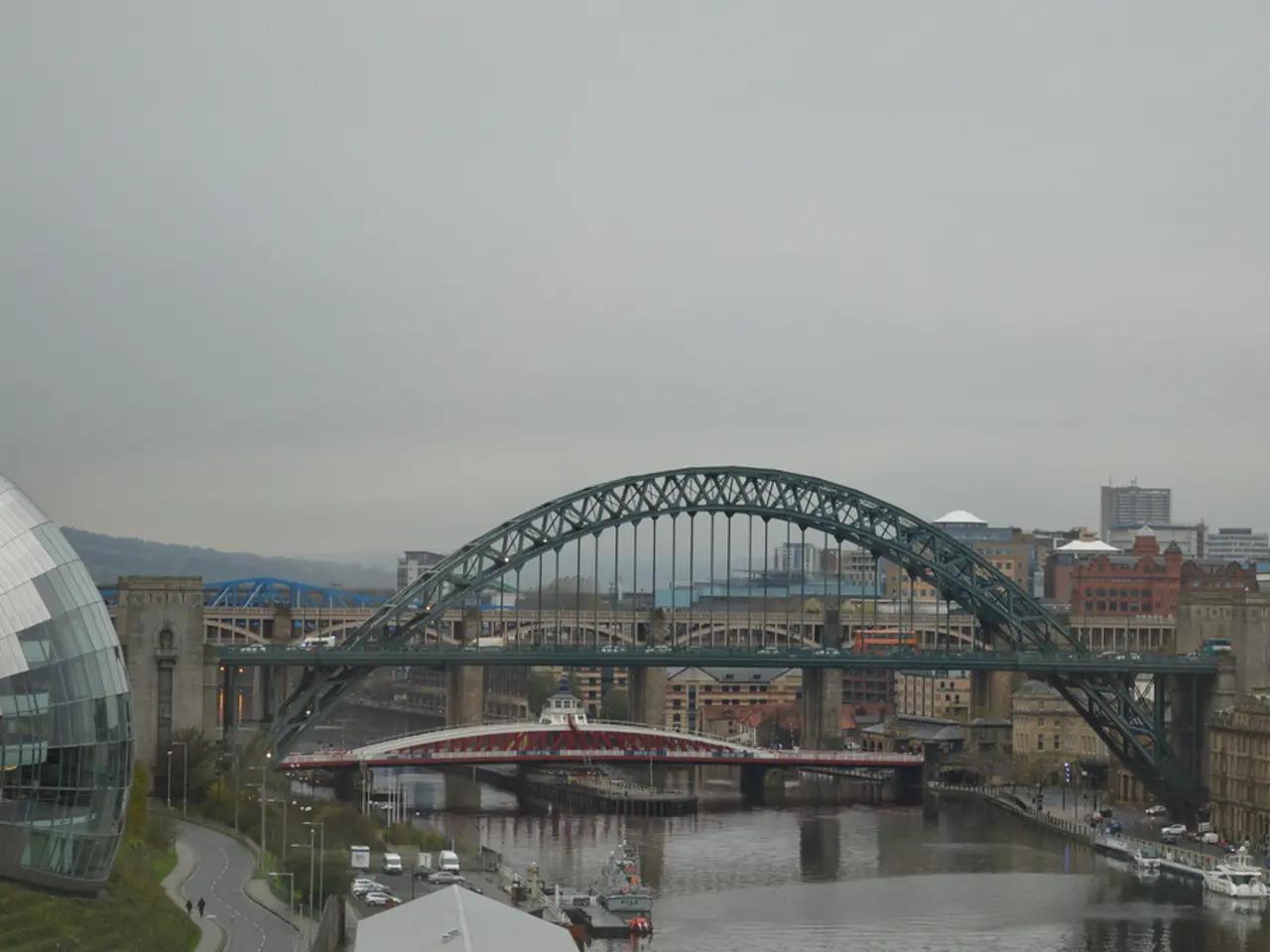Alcarbo's Algae Walls Tackle Climate Change in Hong Kong
Alcarbo Technologies, a pioneering startup, has engineered innovative 'algae walls' to combat climate change. These algae photobioreactors, or 'algae walls', are designed to capture carbon dioxide (CO2) at an unprecedented rate, potentially aiding Hong Kong's climate action plan.
Algae walls, unlike traditional methods, remain sturdy during extreme weather conditions. They can capture CO2 at rates far exceeding those of trees. Each algae wall can absorb up to 329kg of carbon per year, compared to the 10kg to 30kg captured by a tree.
Taikang Biotechnology, based in Hong Kong, has developed these algae photobioreactors. They aim to target heavy emitters such as power plants, breweries, and wastewater treatment facilities. Alcarbo Technologies, similarly, focuses on helping heavy emitters like manufacturing, power suppliers, and logistics firms tackle their carbon emission challenges.
Alcarbo Technologies' algae walls offer a promising solution to capture carbon, potentially aiding Hong Kong's climate action plan. By targeting heavy emitters, the company aims to help these firms reduce their carbon footprint, contributing to a greener future.
Read also:
- Reconsidering the Approach to Mountain Height Measurement?
- UK automaker, Jaguar Land Rover, to commit £500 million for electric vehicle manufacturing in Merseyside
- Exhibition Spotlights Child Labor in Lithium and Cobalt Mines
- Lieutenant Governor Kounalakis joins SoCalGas in unveiling the novel H2 Hydrogen Innovation Experience, a one-of-a-kind demonstration.








